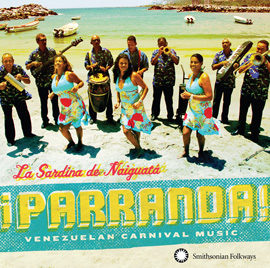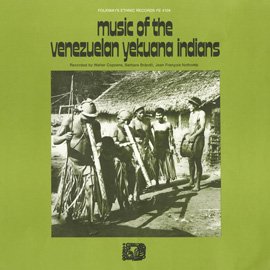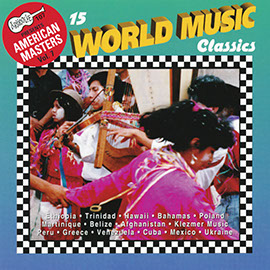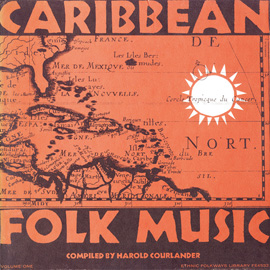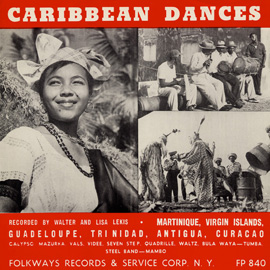La Sardina de Naiguatá Performs Venezuelan Carnival Music [Live at Folklife Festival 2012]
Formed over 50 years ago on the Venezuelan coast, La Sardina de Naiguatá performs the music of Carnaval. At the 2012 Smithsonian Folklife Festival live on the National Mall in Washington, D.C., the interplay between the group's vibrant rhythms and women's chorus quickly proved irresistible to dancers. They recently released their first album with Smithsonian Folkways Recordings, ¡Parranda! Venezuelan Carnival Music, the 38th release in the Traditions/Tradiciones series. La Sardina de Naiguatá fuses traditional Venezuelan Carnival music with more diverse and progressive instrumentation in a way that has revolutionized and reinvigorated the parranda genre.
¡Parranda! Venezuelan Carnival Music available on CD and Digital.
Venezuela’s Caribbean coastal town of Naiguatá is home to one of that country’s most celebrated Carnival musical traditions. In the 1970s, trumpeter Ricardo Díaz augmented the local legacy of Afro-Caribbean drumming traditions with brass, electric bass, keyboard, and women’s chorus to create La Sardina de Naiguatá, the musical group that drives the town’s annual cycle of public celebrations, including Carnival, Corpus Christi, and St. John the Baptist. ¡Parranda! brings us the contemporary, joyous sounds of the pre-Christian rite of “burying the sardine” to promote an abundant harvest of fish and crops.
Naiguatá, ciudad costera caribeña de Venezuela, es el lugar de origen de una de las más celebradas tradiciones musicales del país, carnaval. En los 1970s, el trompetista Ricardo Díaz añadió al legado local de tradiciones de tamboreo afro caribeñas instrumentos de metal, bajo eléctrico, teclado, y coro de mujeres para crear La Sardina de Naiguatá, el grupo musical que alegra el ciclo local de celebraciones públicas como carnaval, Corpus Christi, y San Juan Bautista. ¡Parranda! nos trae los sonidos contemporáneos del rito precristiano de “enterrar a la sardina” para promover una cosecha abundante de pescado y agricultura.


